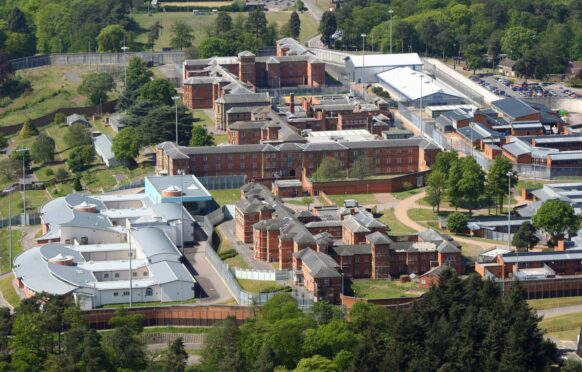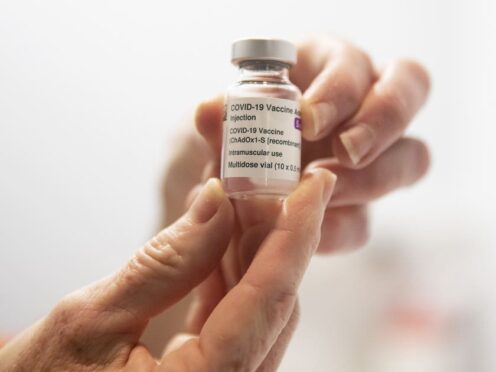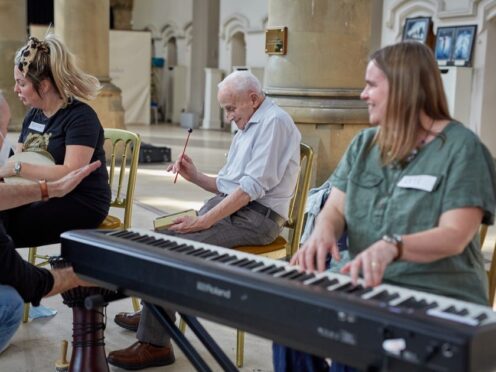“At His Majesty’s pleasure…”
It is a strange phrase, isn’t it?
When someone is sent to jail it is often said that they are at “Her Majesty’s pleasure”. Of course, it’s now “His’ Majesty’s”.
Hmm, still going to take some time getting used to the change.
I recently watched a series on Netflix called “Inside the world’s toughest prisons”. It was fascinating, and brutally honest. It follows journalist Raphael Rowe, who himself had spent 12 years in jail for a crime he was later acquitted of. Rowe enters jails the world over from the Philippines to Ukraine to Romania to South America. He lives with the inmates, getting to know them and about their day to day lives.
And that got me thinking about life in UK prisons. I can’t imagine any sane person, if they had a choice between jail in say Russia or UK, not choosing the UK, where at least your human rights would be protected and regular access to a lawyer is guaranteed.
That aside, it’s said more than ever these days that prison life in the UK is far too soft. Possibly, I don’t know to be honest. But I’d bet it’s still no picnic being inside.
Take Belmarsh, which is a UK category A men’s prison in London. It is used for high-profile cases, especially those concerning national security. Within its grounds it houses a high-security unit which is often referred to as “the most secure prison unit in the UK”. And rightly so, for Belmarsh houses violent murderers and serial rapists.
How bizarre then that author and former MP Jeffrey Archer spent time in there for perjury. Very strange indeed.
My view many years ago on prisoners was something along the lines of “lock ’em up and throw away the key, they must be punished”.
But I’ve long since dropped that naive view. Reason? Because unless we are going to lock someone up for the rest of their lives, which of course happens to very few people, then at some point they are going to be released. Therefore, it makes sense to try to rehabilitate that individual before they come out.
I’m not saying treat them with kid gloves and make their stay like that of a hotel, but if a prisoner is demeaned, bullied, harassed, not given education, given poor food, no privileges, etc, then by the time they come out, they are going to be angry and bitter at the system and society at large. They may well come out a worse person than when they went in. And that achieves nothing positive at all.
It has to be rehabilitation, nothing else makes sense.
Most of the prisons in the aforementioned series are well below par with often appalling conditions. What a recipe for disaster once these men are released and sent back into society.
Broadmoor is mistaken for, and often called, a prison. But it is not a prison.
Broadmoor is a specialist high-security psychiatric hospital. Possibly the most famous or infamous psychiatric hospital in the world. And it’s actually part of the NHS. I didn’t know that.
The mere saying of the word Broadmoor, to me anyway, sounds scary.
What comes to your mind on hearing the word Broadmoor? Killers and murders? Horrific crimes? Some of the most notorious men in Britain? If so, then you’d be right.
Initially known as Broadmoor Criminal Lunatic Asylum, it opened its doors in 1863. It is situated in the Berkshire village of Crowthorne. Initially it was used for both men and women, but today it is male only, and houses some of the most dangerous men in the UK.
Then why are they not in prison you may ask? Well, even though they have been found guilty of often gruesome murders, the person in question was deemed at trial to be suffering from personality disorders and or mental illness. Therefore, it is not appropriate for them to be in amongst the general prison population.
At Broadmoor, they use psychiatric medication and psychotherapy, as well as occupational therapy. Broadmoor is internationally renowned for its “highly specialised care and research work”. Although I’d doubt that it was all so nice and caring back in the 1800s.
Not all patients in Broadmoor are there for life. Many do only five or six years, then if therapy is successful, they are moved to a lower-security facility.
There have been some notable “residents” at Broadmoor over the years, both past and present. Here’s a few of the most infamous.
Ronnie Kray. One half of the Kray twins, the brothers who terrorised London’s east end in the ’50s and ’60s. Convicted in 1969, they got life in prison. Ronnie was later certified “insane” and moved to Broadmoor in 1979. He was there until he died of a heart attack in 1995 aged 61.
Robert Napper was convicted of the brutal murder of Rachel Nickel on Wimbledon Common in 1992. He was also convicted of another two murders and thought to have carried out numerous attacks over the years. Diagnosed paranoid schizophrenic, he was sent to Broadmoor – indefinitely.
David Copeland is a self-styled neo-Nazi. In 1999, he killed three and injured dozens in numerous homemade nail bomb attacks in London. He targeted not just the black and Bengali communities but also the gay community. Copeland was assessed at Broadmoor and diagnosed paranoid schizophrenic. Nonetheless, he was found guilty of three counts of murder and handed six life sentences.
Peter Sutcliffe, better known as the Yorkshire Ripper, was found guilty of murdering 13 women and attempting to murder seven others between 1975 and 1980. He was sentenced to 20 life sentences. Deemed sane at his trail, Sutcliffe began his term at Parkhurst prison in 1981, but was eventually sent to Broadmoor in 1984. In 2015 he was deemed to be “no longer mentally ill”, and later transferred to HM Frankland Prison. He died in hospital in November 2020 aged 74.
Michael Gordon Peterson is probably the most infamous of the lot. Convicted of armed robbery in 1974, he was given seven years. It’s worth noting that Peterson never killed anyone, so why then is he still in jail to this very day?
Never heard of him? Oh, but you have – he changed his name in 1987 to Charles Bronson. And it was only after this that he sealed his own fate with a rampage of violence.
Over the years he has attacked other inmates, prison governors and even took an art teacher hostage. Bronson has spent time in various prisons including Belmarsh and Broadmoor. The press have often dubbed him “Britain’s most violent prisoner”.
Bronson, although having killed no one, has been inside for almost 50 years. He is now in his 70s. He spends up to 23 hours per day in his single cell.
As of writing, Bronson is up for appeal. He is asking to be released. Evidence was given last week at a three-day hearing. Bronson himself said: “Of the 50 years I have been in prison I have probably deserved a good 35 of it. Because I have been very naughty. Not naughty-naughty but just naughty.”
The parole board will decide Bronson’s fate in due course.
And last but not least, is the curious case of James Kelly.
Kelly was sent to Broadmoor in 1883 for murdering his wife. He escaped in 1888 and was never caught, although bizarrely he did hand himself in – 40 years later.
Now here’s the juicy bit – Kelly’s escape from Broadmoor was a few months before the Whitechapel Murders, of course committed by so called “Jack the Ripper”.
Jack the Ripper. It’s the stuff of legend now. And actually, some people, especially those I’ve met abroad, think it book fiction. But it’s not, for Jack the Ripper was real. And he was never caught.
Books, films and documentaries have all been made about this killer and there have been countless attempts to uncover his identity, but to date, we still don’t know who he really was.
Next week – Jack the Ripper, will we ever know the truth?
















Conversation